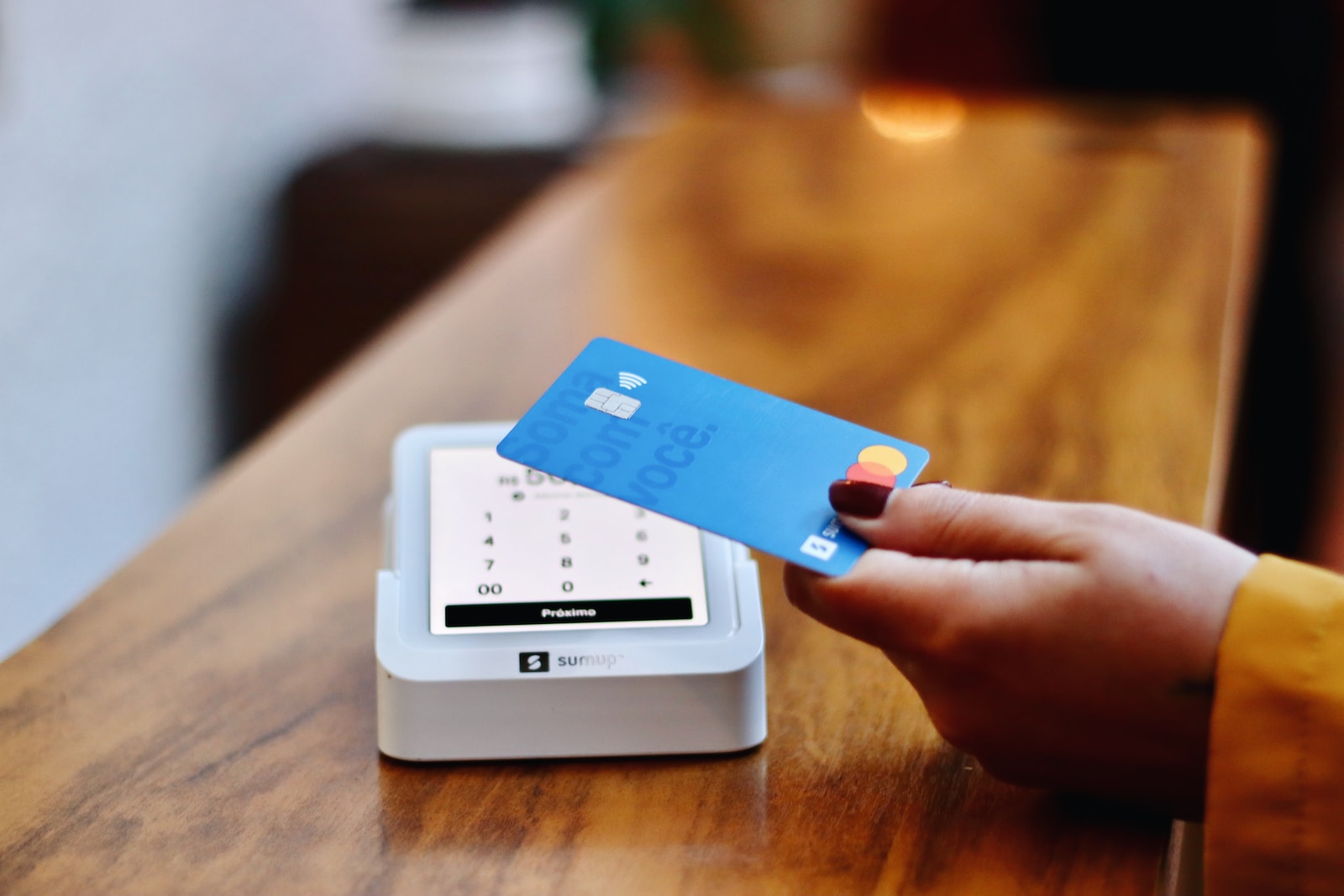
Photo by Nathana Rebouças on Unsplash
The Boon and Bane of Self-Checkout for Retailers
December 8, 2023
Retailers appreciate the allure of self-checkout. However, the elevated rate of inventory shrinkage is a pressing concern in the retail industry.
Before self-checkout, there were typically two kinds of people leaving a store with merchandise: those who paid for everything and shoplifters who didn’t pay at all. Self-checkout has since introduced an interesting hybrid in the form of shoppers who pay for the majority of their items, but not everything.
This phenomenon is now referred to as partial shrink. According to a recent study conducted by Grabango, a startup that offers checkout-free technology for retail businesses, partial shrink is currently the leading and most expensive form of shoplifting. The study involved tracking nearly 5,000 transactions with computer vision, and the results were quite revealing. It appears that shoplifters find it easier to outsmart a machine than a human — in fact, they are 21 times more likely to succeed.
Strategies employed by these hybrid shoppers range from the straightforward non-scanning of items to incorrectly entering codes for cheaper items. The impact of partial shrink is startling. Only 0.32% of manned checkout transactions were associated with partial shrink, while an alarming 6.7% of self-checkout transactions were affected. When assessed as a percentage of revenue, “self-checkout machines had a shrink rate of 3.5% versus only 0.21% for conventional cashiers.”
Grabango also noted that eliminating self-checkout shrink “could increase grocery store bottom-line profits by more than 50% a year.”
Nonetheless, it’s important to consider that not every case of partial shrink is malicious. It’s not uncommon for shoppers to commit honest errors while using self-checkout machines. A survey by LendingTree discovered that one in five shoppers admitted to unintentionally walking away with an item they hadn’t paid for. However, less than a third of this group said they returned the item to the store.
What’s more shocking is that approximately one in seven shoppers confessed to deliberately stealing from self-checkout, and nearly half of this group claimed they would do it again. Furthermore, the survey revealed that Gen Z has a higher shoplifting rate, twice as much as the overall group. Also, individuals from households earning more than $100,000 annually were found to be the most likely culprits at self-checkout compared with those from lower-income households.
Dollar General has become the latest retail chain to rethink its use of self-checkout technology. Following in the footsteps of Target, which has limited self-checkout to customers purchasing no more than 10 items at select stores, Dollar General is now “reassigning workers to the front of its stores to ring customers up” and revising its self-checkout strategy to cut down on losses from shrink. Similarly, Costco has decided to bolster its self-checkout areas with additional staff. This decision came after the retailer noted instances of non-members misusing the self-checkout by employing membership cards that did not belong to them.
Recent News
NHTSA Investigates Tesla Autopilot Again After Recent Software Update
Tesla Autopilot is once again the subject of an NHTSA investigation.
Home Depot Holds Halfway to Halloween Sale: Skelly’s Back
It’s halfway to spooky season, and Home Depot is celebrating.
Kaiser Discloses Health Insurance Data Breach
Health insurance company Kaiser is notifying millions of its current and former members about a data breach. The breach occurred when Kaiser shared patients’ information with third-party advertisers like Google, Microsoft, and X (formerly Twitter).
Satirical Site The Onion Acquired by Global Tetrahedron
The satirical news website, The Onion, has been sold by G/O Media to a group of digital media veterans.

